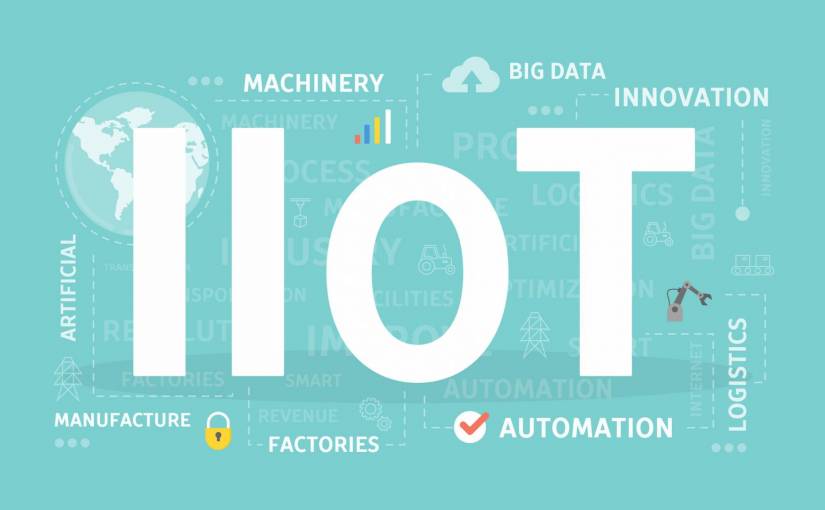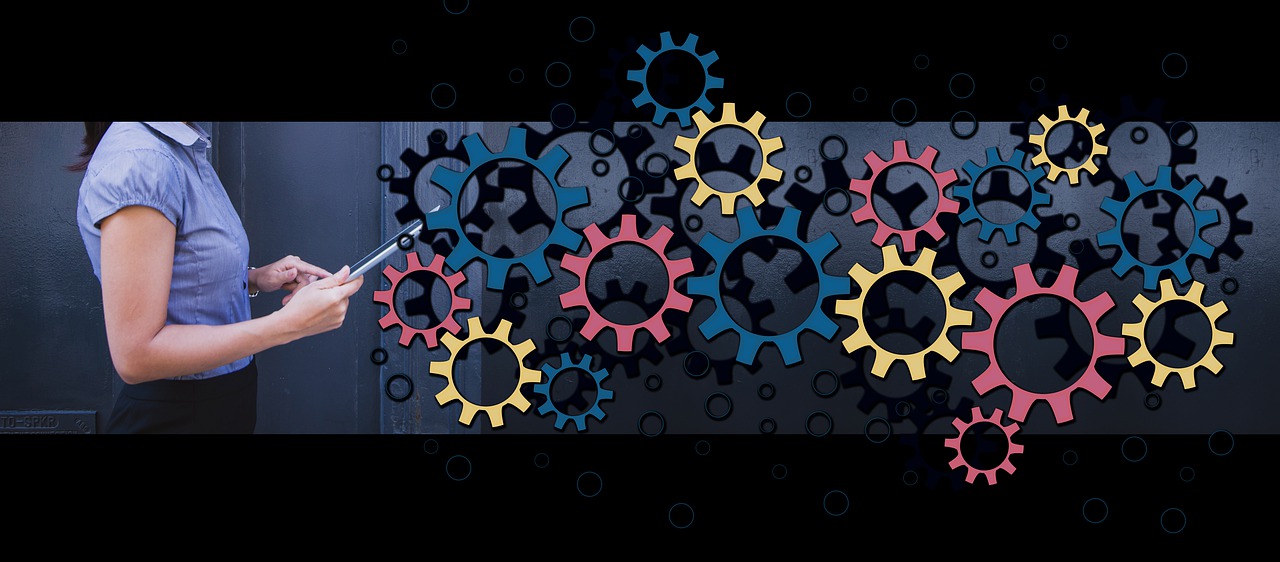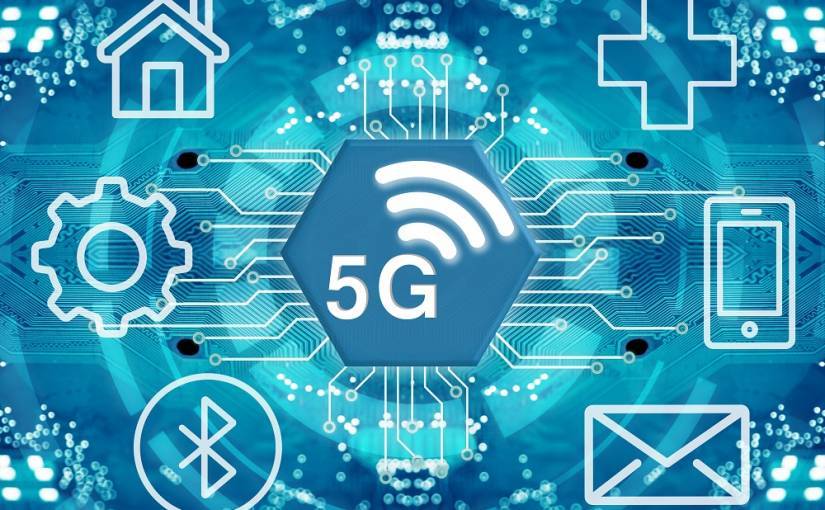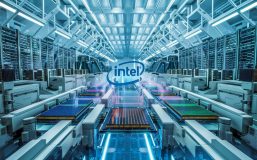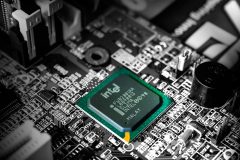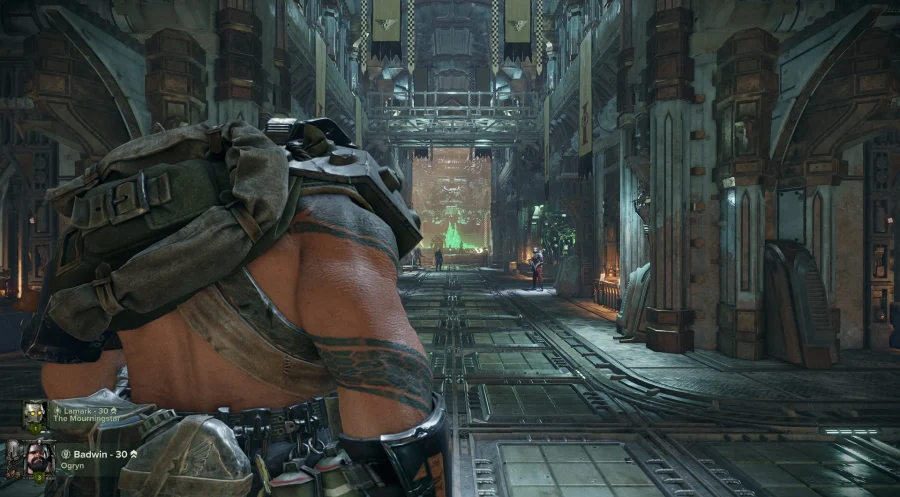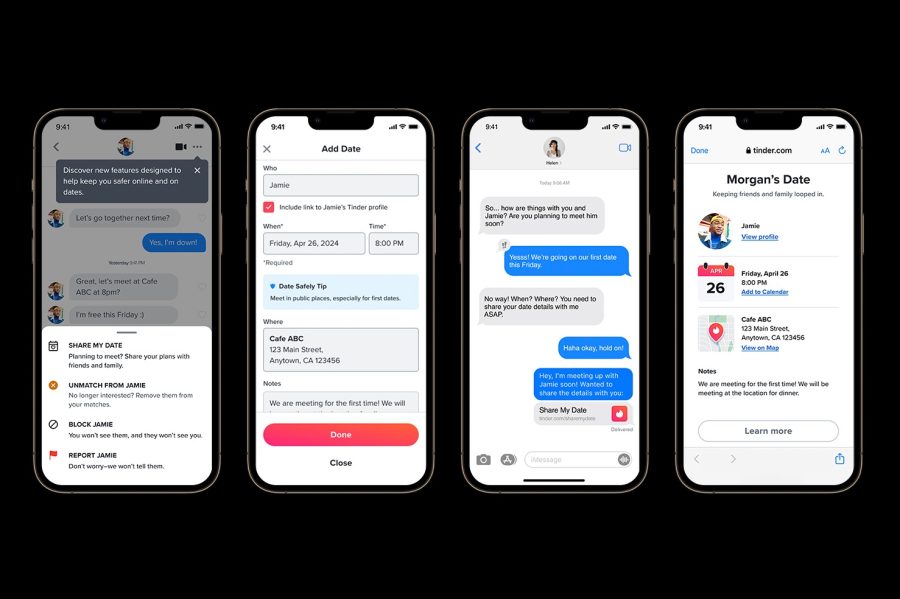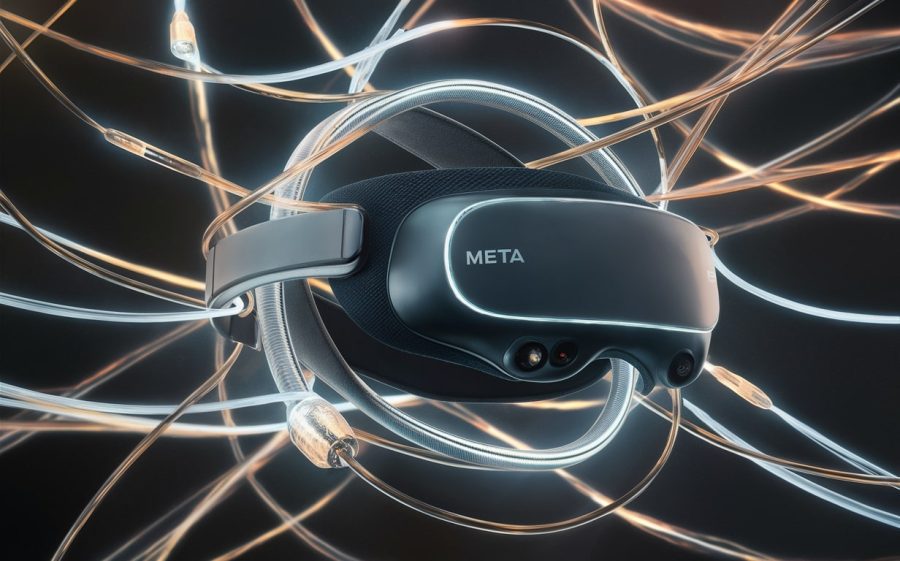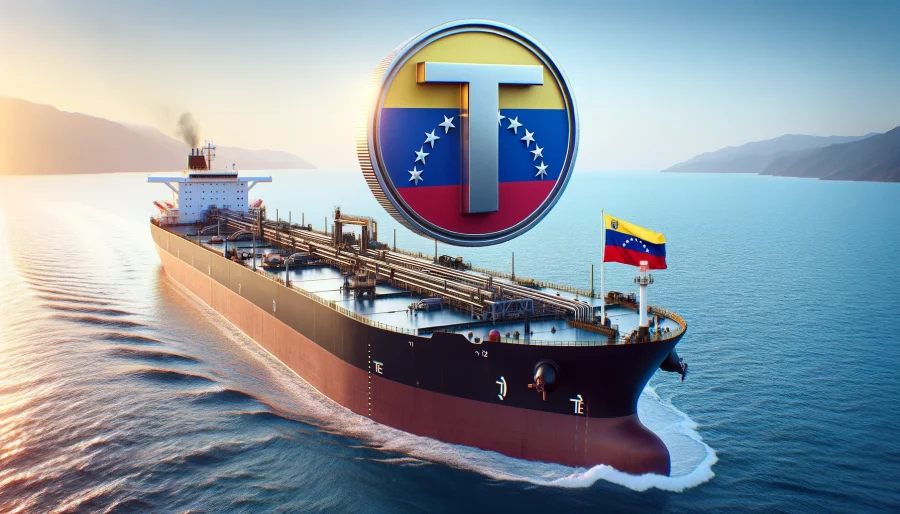The term IIot, or Industrial Internet of Things is used to refer to the industrial applications of the Internet of Things. We are talking about using the technology in anything from the machines in a factory to engines inside a car – these are all filled with advanced sensors equipped with wireless technology. These can collect and share data enabling extensive use of digital intelligence across various industries. Here is all you need to know about industrial IoT.
Industrial IoT Use Cases
Process Automation
One of the best use cases of the industrial Internet of Things has been the process of automation across many industries.
With the help of smart sensor networks that can connect with each other through cloud computing systems, industries have been able to automate a number of their crucial processes and achieved a higher level of productivity and efficiency.
It has provided better control of the process and has significantly decreased the number of people required to get the job done.
Restaurants have been using process automation to get rid of food wastage. With the incessant developments in IoT technology, the evolution of traditional industries will become inevitable.
Predictive Maintenance
To be able to run effective predictive maintenance, you will require the processing of large amounts of data and will have to run sophisticated algorithms on it. This cannot be implemented within SCADA.
Therefore, an IoT-based solution, that can store terabytes of data and can still run the required machine learning algorithms, was introduced on several computers to keep a tab on the progress and have prior knowledge of industrial equipment failing.
A robust IoT-based predictive maintenance ecosystem has become essential for modern industries. The architecture consists of field gateways, cloud gateway, streaming data processor, a data lake, and machine learning algorithms.
Asset Tracking
Asset management and tracking have become much easier and efficient as an IoT-based digital asset tracking can now connect different components of the business chain and create an integrated strategic system.
We are talking about connecting multiple stakeholders, processes, workforce, and assets to a single digital IoT-driven system that provides a unified view of a process now backed by effective data analytics.
Industrial IoT can be added to your traditional solutions to make them more intelligent and get automated workflows, real-time alerts, dynamic edge control of assets, cross-domain analytics, real-time visibility and more.
Fleet Management
IoT-enabled solutions have revolutionized fleet management by making the process more environment-friendly. An IoT solution can help monitor the carbon emissions and monitor the service condition of the fleet.
Industries can build sensors-equipped fleets that can send automated signals and warning alerts like system failure, low battery, engine temperature or maintenance, and more. IoT-based solutions can also regulate driver behavior which can result in improved fuel efficiency.
The fleet manager can keep a tab on all such data and get actionable insights. IoT solutions allow managers to implement changes and make data-backed decisions.
Technologies in Industrial IoT
1. Front-End Edge Devices
The sensor data is what industries need to get important insights into their processes. This makes the hardware containing the sensors a crucial component of the IIoT system.
Many front-end devices and control devices are installed to capture critical process-related data and analyze it in real-time. Therefore, the devices must be reliable and of very high-quality so that the stream of data captured is consistent and accurate as well.
Some of the traditional industries already have devices installed that collect data for them. It will be easier for them to develop their process and make it IIoT-enabled.
However, if your data collection process isn’t there in the first place, you will have an opportunity to install a modern set of tools for your industry. It’s quite a win-win situation for you because your process has to evolve some or the other day. So, why not now?
2. Connectivity Technology
Industrial IoT solutions rely heavily on wireless technologies to transmit and receive commands from the cloud. You have got Wi-Fi, Bluetooth, mesh networks, cellular networks, LPWAN technology, and what not to choose from.
Before going forward with technology, you should pen down your requirements. Different connectivity technologies have different range and capacity. It’s not just about wireless connectivity. Many of the industries have established IoT devices and connected them through wired systems as well.
If your setup allows for a wired connection, you should go for it as it will save a lot of money and provide even better reliability.
3. Industrial IoT Platforms for Data Analytics
Once your setup is complete, you can focus on the data analytics part for which you will software that can analyze the collected and transmitted data. The software can be trained or programmed to make decisions for the processes.
The software is called the industrial IoT platform and it helps connect the hardware, access points, and data networks and also the end-user applications. All the data and command management happens with the help of real-time task management and data visualization.
The IoT platforms act as the middleman between the data and the processes or applications. One of the most common issues you will face is that you won’t get an off-the-shelf software solution for your process.
You might have to build the solution for yourself or buy the whole end-to-end software solution and the hardware and align your industry setup accordingly.
Wrapping Up
There you have it. We have discussed what you need to know to understand IIoT in depth. Let us know if this piece of content provided you with great value in the comment section. We’d love to hear from you. Also, since you are here, don’t forget to follow us on social media, we bring all the latest news and updates from the world of technology, startups and more.
Further Reading
What can we expect for IoT in 2020?
Is it time to implement IoT in the warehouse?
Top 5 areas where companies want IoT solutions?
Will companies embrace digital transformation?
Demystifying the 8 core myths that surround the Internet of Things
